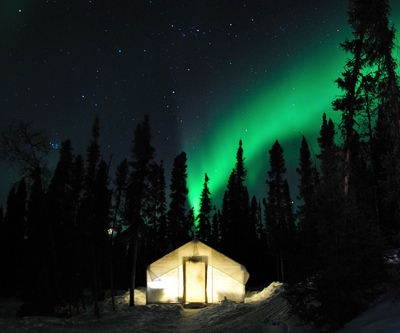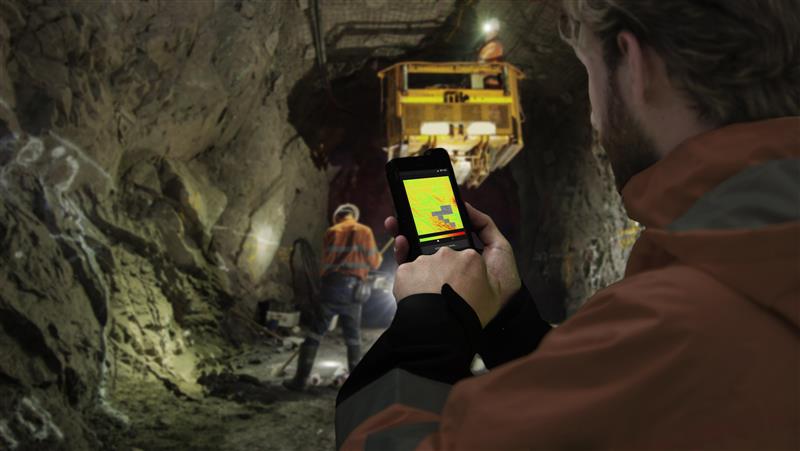Ashram rare earth deposit shows ‘robust economics’

The prelimary economic assessment for the Ashram rare earth deposit in Quebec shows “robust economics,” says Canadian explorer Commerce Resources (TSX-V:CCE).
The project is within the Eldor property located in the iron-ore rich region of the Labrador Trough in northeastern Quebec.
The base case scenario outlines a 4,000 tonne per day operation producing about 16,850 tonnes of rare earth oxide a year, for a 25-year minelife. The mineralized ore would be floated and cracked to produce a mixed rare earth carbonate to be trucked 185 kilometres north to a storage and shipping facility at Ungava Bay. The project has a net present value of $2.32 billion before taxes at a 10% discount rate. The pre-tax internal rate of rate of return is 44% at a payback period of two and a quarter years. Commerce One is pegging capital costs at $763 million and is looking at an operating cost of $95.20 per tonne (treated). The largest expense would be an 185-kilometre all-weather road from the mine site to the shipping facility, which may be financed using funds from Quebec’s $80 billion Plan Nord.
The Ashram deposit contains 29.3 million tonnes of measured and indicated resources and 219.8 million tonnes inferred with an average grade of 1.99% total rare earth oxides (TREO). Commerce One says the rare earth elements – including so-called “critical REEs” – are primarily locked within monazite mineral and to a lesser extent in bastnaesite and xenotime. Monazite is considered easier to “crack” using conventional methods.
“The PEA displays robust economics for the Ashram Deposit, and recommends next steps for the economic evaluation of this very large and highly strategic resource. The high NPV derives partly from the value of the Ashram material in that it is enriched with all five of the critical REEs namely neodymium, europium, dysprosium, terbium and yttrium” states David Hodge, President and CEO of Commerce Resources Corp.
“Management believes that significant benefits will be further realized during the next phase of metallurgy based on the testwork completed to date, given the deposit’s simple mineralogy and history of successful commercial processing of Ashram’s three host minerals. We look forward to initiating the pre-feasibility study to demonstrate this.”
More News
Study confirms drop-in electrode technology enables 10 minute EV charging at -10°C
April 14, 2025 | 04:06 pm
Newmont deploys Ericsson private 5G at Australia’s largest underground mine
April 14, 2025 | 01:20 pm
{{ commodity.name }}
{{ post.title }}
{{ post.date }}




Comments